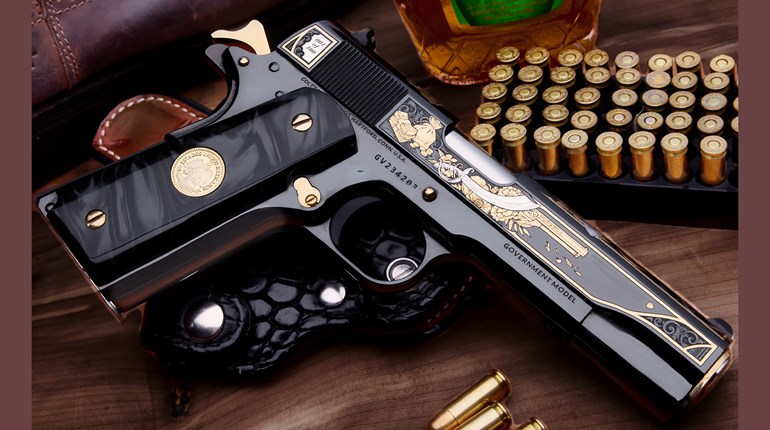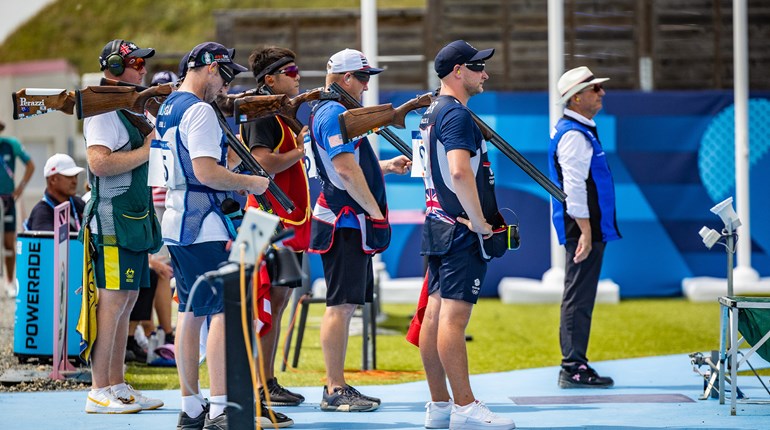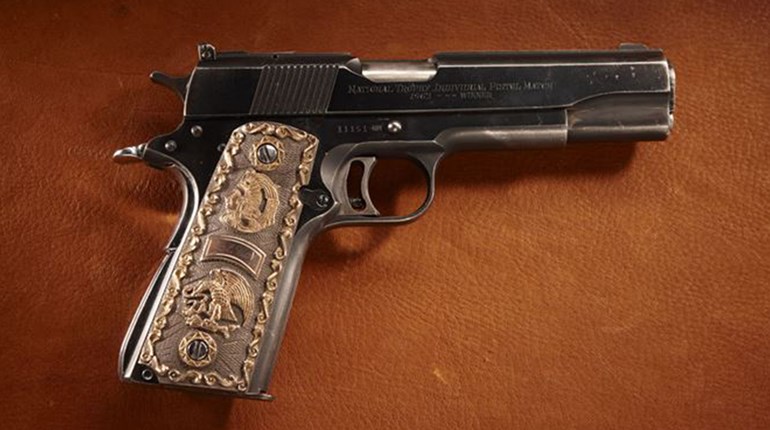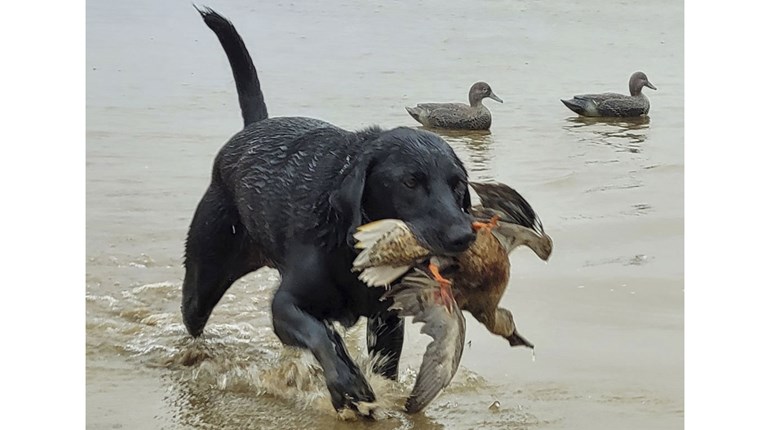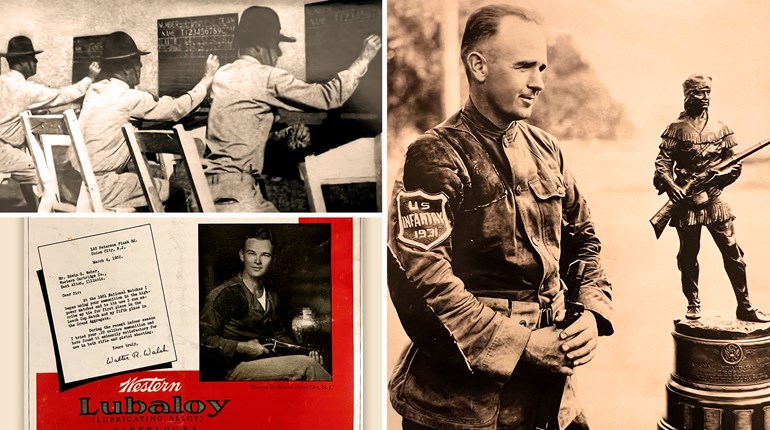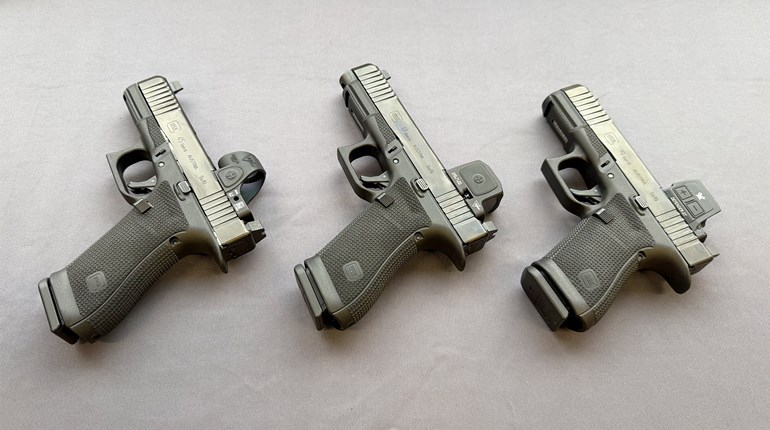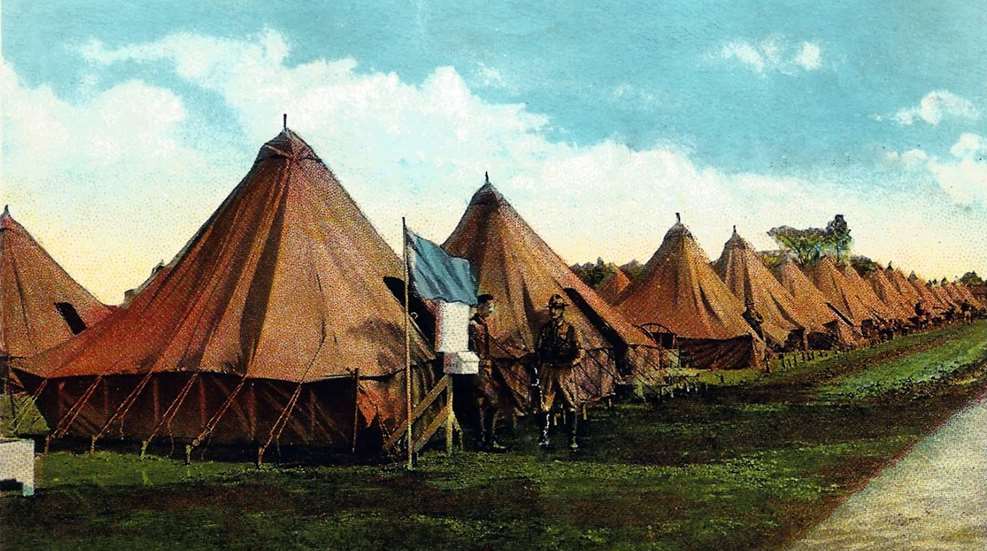
"At its height the tournament will see probably 2,000 men under canvas."
—Arms and the Man, August, 1908
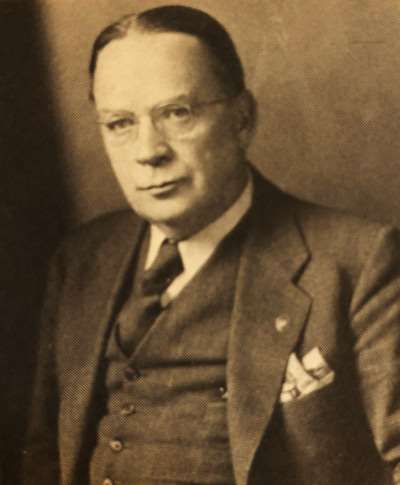
Coupled with the fortunate timing of Ammon Critchfield's tenacity in making Camp Perry a reality for National Match competition was NRA President James Drain's desire to further develop the Association in several key areas which advanced the cause of marksmen everywhere. Drain's own formula of persistence translated into increased membership, expanded programs and an emphasis on solidifying the NRA's relationship with the War Department. In fact, one of his most visible actions as president took place this year when he had the NRA offices moved from New York to Washington, D.C., in order to be closer to and more interactive with the National Board for the Promotion of Rifle Practice.
Marksmen indeed had reason to celebrate in 1908. Excitement and momentum accompanied the National Matches as a larger, more mature Camp Perry readied itself for record numbers of competitors. The Ohio General Assembly on May 1, 1908, approved Senate Bill 303, whereby $6,600 of state funds was appropriated for the purchase of an additional 64 acres, bringing the total Camp Perry tract to 488 acres. This same bill also included the official legislative recognition of the camp's namesake, Commodore Oliver Hazzard Perry.
In the August 13, 1908 edition of Arms and the Man, an article entitled "The Curtain is Raised at Camp Perry," reported some of the progress made in a year's time:
"... Gone are the muddy roads ... A straight stretch of macadam roadway runs from the railroad station past the mess hall and Commercial Row to the administration buildings and ... leads up to the clubhouse ... Arc lights are stationed wherever necessary and all buildings are abundantly lighted by incandescents. Fifty new targets have been added for the 1,000-yard range, which has perfected the scheme of consolidation by giving a common firing line for all ranges ... The sutler's tent, which stood where the new mess hall is being erected, has been moved ... Adjoining it are the barber shop and photograph gallery together with a moving picture show ... patrons of the sutler's tent were pleased to note that it had been enlarged and improved and that the quality of food had not deteriorated, even it had not improved ... Instead of the teams being located out in the woods as has hitherto been the case they have been brought down almost to the very firing line ... En route to the clubhouse visitors will be impressed by an improvement of which the Ohio officials are very proud, and that is the 50-food standpipe which insures an abundant supply of pure water, the filtration plant and power house having been completed. Changes made in the clubhouse itself will commend themselves to all. The recreation hall of the enlisted men has been into the main dining room, making a very commodious hall. The former dining room has been changed into a grill room open until midnight. In the reception hall have been placed a piano and a phonograph and it is here that the trophies and medals have been placed on exhibition. It is doubtful if a more interesting collection has ever been seen at a shooting tournament."
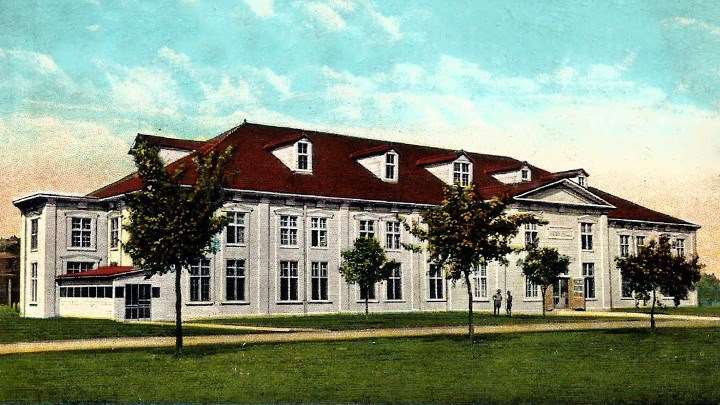
The 1903 Springfield Rifle replaced the Krag as the required military arm for the Board matches this year, although civilians were still allowed to fire Krags since 1903s were not readily available. And with the country's best rifle now on the firing lines, attention turned to ammunition and how best to produce sufficient amounts that would perform consistently well for all, thus keeping the outcome of the matches strictly contests of competitor skill.

Col. Robert K. Evans was again Executive Officer of the Board Matches and high competitor turnouts resulted in the decision by NRA Executive Officer Brig. Gen. John Speaks to combine the Wimbledon and Leech Cup Matches, whereby the first seven shots fired at 1,000 yards counted both as the final stage of the Leech Cup and as part of the total 20 shots required for the Wimbledon Cup. Capt. K.K.V. Casey of Delaware recorded victories in both events with a 104 out of a 105 possible in the Leech, and a 97 out of 100 in the Wimbledon. For Casey, it was his third Wimbledon title, and his legendary status was further enhanced by the following statement in Arms and the Man: "Certainly he did the most wonderful shooting ever seen in America."
The President's Match fielded 317 competitors and honors went to Infantry Sgt. Arthur Brest, while the title of Military Champion of the United States went to fellow Infantryman Lt. L.A. Harris, whose combined scores in the President's and National Individual Matches topped all others. Ohio's Lt. A.D. Rothrock and Sgt. C.E. Orr took first in the National Individual Rifle and National Pistol Matches, respectively.
A change by Congress in the eligibility conditions of National Board Match competitors prevented civilians and officers above the rank of captain from competing this year—a regulation that proved to be extremely unpopular and short lived, as it prevented a segment of this year's field from competing for aggregate titles. The ruling also contradicted what many had argued was the reason for National Match competition, that of a training ground for rifle instructors. "Men cannot be made to shoot well," reported Arms and the Man, "without instruction and officers must generally perform that duty."
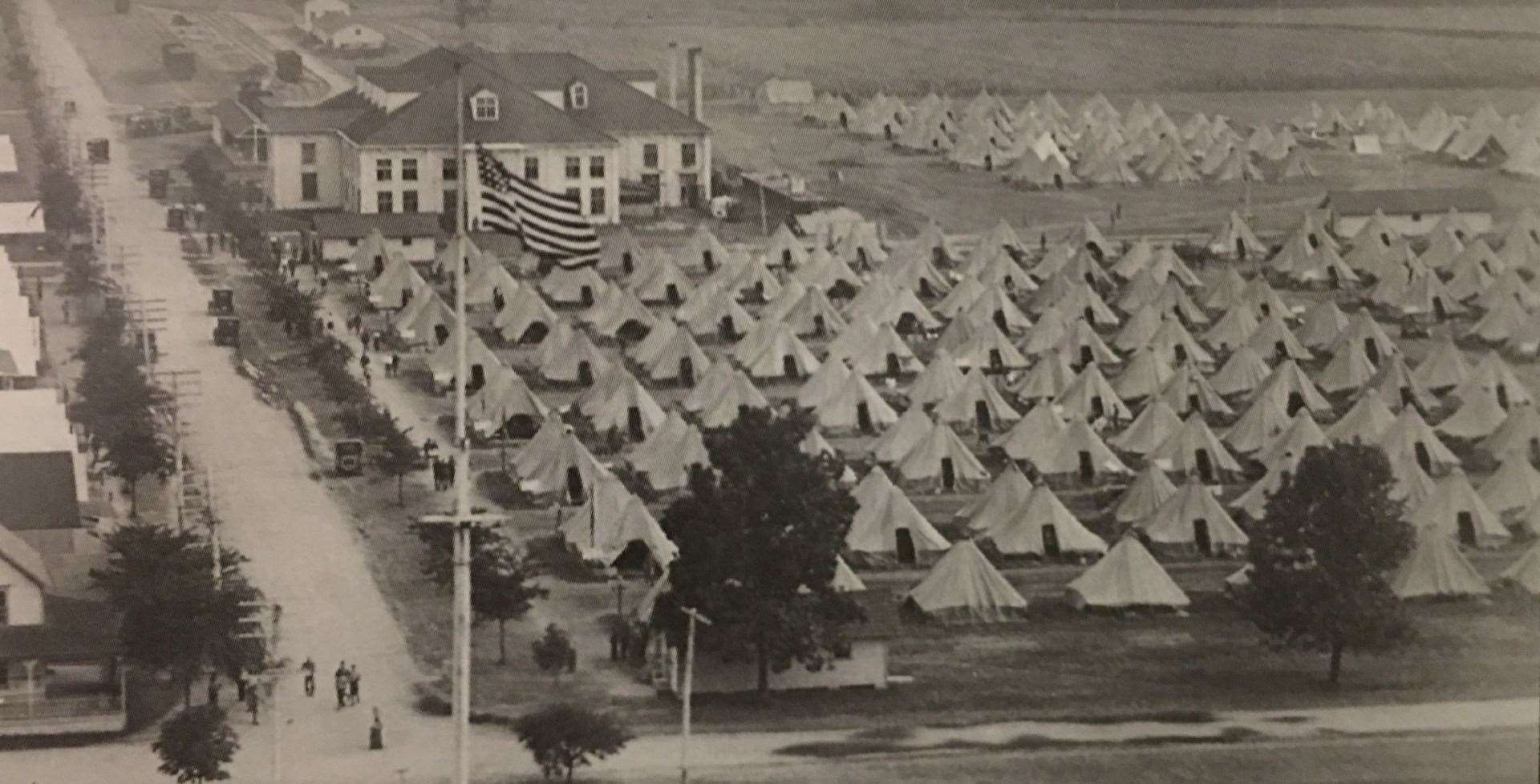
For the first time in National Match history, the top four places in the National Team Match went to regular service teams, as the Infantry finished first, followed by the Navy, Cavalry and Marines. This year also saw the most teams (50) to date at a National Match, where they shared a common firing line and occupied every target at all ranges. In fact, one more team was expected to attend which would have thrown the executive staff a logistical curve, but with the late withdrawal of Montana, the situation was averted.
The National Team Match, comprising a course-of-fire that mirrored the individual contest (skirmish; 200-yard rapid; 200-, 600-, 800- and 1,000-yard slow fire), featured a final day where an element of suspense and competitiveness surrounded the leaders that Arms and the Man captured accordingly:
"Ropes stretched about 20 yards back of the firing line and a line of guards kept the crowd back. Shooters and the team captains were under the greatest tension and in recognition of their suspense, thoughtful watchers lowered their voices or ceased conversing altogether. Colonel Evans made these two targets his personal business, to see that the leaders were in no wise bothered by the crowd."
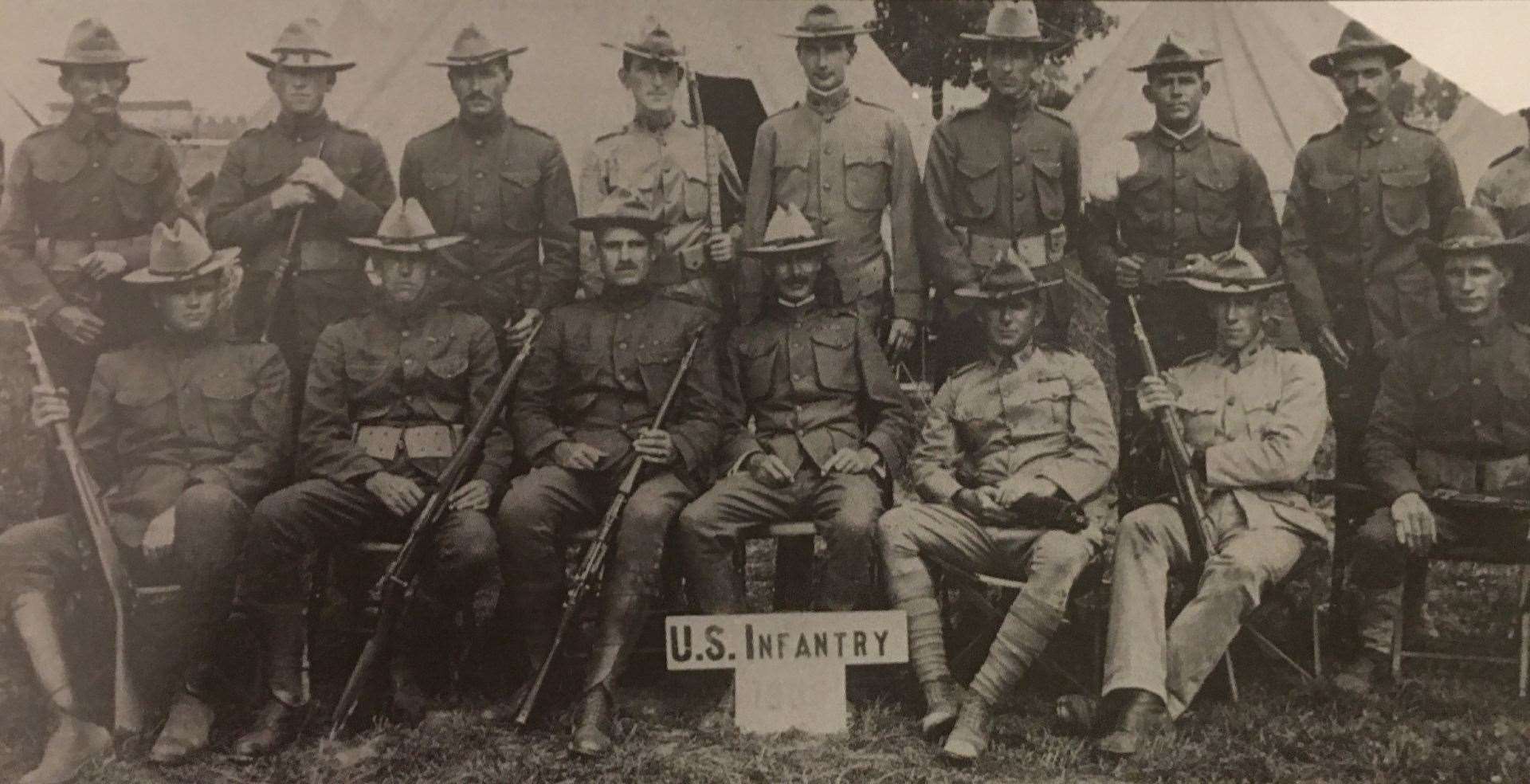
Read more: First Year At Camp Perry: 1907 National Matches













